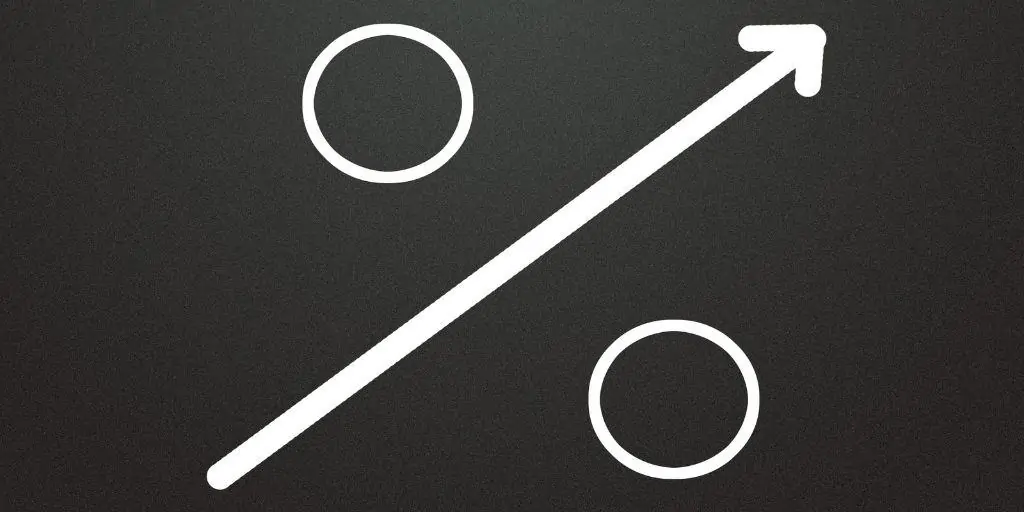What Is Fixed Interest?
REtipster does not provide tax, investment, or financial advice. Always seek the help of a licensed financial professional before taking action.
How Does Fixed Interest Work?
When taking out a loan to buy a property, a homebuyer may encounter either one of the two major types of interest rates for their loan. One of these two is a fixed interest rate, whose interest rate never changes over the course of the loan or a specified period. The other is a variable interest rate, such as an adjustable-rate mortgage.

Generally, the interest rate in a fixed-rate loan is slightly higher than the rate of the 30-year Treasury bond when the mortgage or loan is made.
The advantage of a fixed interest rate is certainty and predictability. The borrower knows exactly how much they need to pay each month and unless they choose to refinance, this amount will not change throughout the life of their loan. They are also aware of how much the overall costs will be to pay off the loan based on the interest rate[1].
In the amortization schedule of most fixed interest rate loans, the first few years will send most of each monthly payment to cover the interest. In the later years of a fixed interest rate loan, most of the monthly payment will go toward the principal, until the borrower fully repays the loan[2].
Fixed Interest vs. Variable Interest
In a fixed interest rate loan, the monthly payment and interest rate remain the same over the entire term of the loan or at least a specified period. However, the monthly payment for a variable interest rate loan may increase or decrease based on market conditions[3].
Variable interest rate home loans typically have lower interest rates, but they come with greater risks and uncertainty. For example, as the prime rate rises and falls over time, so will the interest rates on an existing variable rate loan, which means the borrower’s payment will go up or down accordingly.
There are several ways lenders can structure a variable interest rate, the most common of which is an adjustable-rate mortgage or ARM. An ARM is a hybrid of both fixed-rate and variable interest rates.
What Are the Pros and Cons of Fixed Interest Rates?
Here are some of the advantages of fixed interest[4]:
- Borrowers will have predictability and certainty that comes with a fixed interest rate loan. They will never have to worry about increasing interest rates over the loan term.
- Borrowers can easily plan their budgets and manage their finances and expenses.
- 30-year fixed-rate mortgages and other longer-term mortgages have lower monthly payments than shorter-term ones. The monthly interest and principal payments stay constant throughout the loan term.
- As inflation increases over time and lowers the value of federal currency, it has no impact on the payment amount of a fixed rate loan. While the payments are technically staying the same, the lower value of currency effectively decreases the cost for the borrower in the later years of a long-term mortgage.
Meanwhile, here are its disadvantages:
- Compared to adjustable or variable interest rate home loans, fixed-rate loans have higher interest rates.
- Fixed-rate mortgages remain the same and will not reflect current market conditions. If the prime interest rate goes down, fixed interest rates will not, leading to potentially more expensive monthly payments unless the borrower refinances their mortgage.
- Borrowers pay off the principal much more slowly than a variable rate’s, which means slower equity growth for longer-term loans.
How Fixed Interest Works in Mortgages
Fixed interest rates work the same across all loan products that use it. However, settling the interest payment itself may have a few subtle differences depending on the loan and the lender.
30- and 15-year Mortgages
Not all mortgages have fixed interest rates, but mortgages are among the most common types of loans made by consumers in the U.S. As a result, finding a fixed-rate mortgage is relatively easy.
In general, fixed interest rates on mortgages with longer terms will be higher than shorter ones[5], but shorter terms usually have bigger monthly payments. Borrowers can also refinance 30-year mortgages to a 15-year one, allowing them to pay off more of the principal with each payment and save money on interest[6].
Conforming and Non-Conforming Loans
A conforming loan is a mortgage because it meets the maximum amount that can be borrowed (set by the Federal Housing Finance Agency) and the financing criteria of Freddie Mac and/or Fannie Mae[7]. This loan has terms that typically range from 10 to 30 years.
Meanwhile, non-conforming loans are the opposite in that they do not meet the lending guidelines by these federal agencies. Non-conforming loans often come with higher interest rates and stricter requirements.
Non-Amortizing Loans
Also known as jumbo or balloon-payment loans, non-amortizing loans have no predetermined repayment schedule. Instead, at the end of the loan term, the borrower must make a lump sum payment to pay off the loan balance and the interest[8]. Most jumbo loans are also non-conforming because they exceed the maximum loan limit set by the FHFA[9].
Another type of non-amortizing loan is an interest-only loan. The borrower only needs to pay the interest on this loan monthly and the principal in one lump sum (a jumbo payment) when the loan becomes due.
Takeaways
- Fixed interest is the type of interest on a loan that does not change over the course of the loan or a specified period.
- Fixed interest rate home loans offer predictability and security and enable buyers to easily plan their budget and manage their monthly expenses.
- Fixed interest rate home loans have higher interest rates compared to variable interest rate home loans.
- While fixed interest rates generally work the same across all loan products that use it, settling the interest payment is a nuanced affair depending on the loan.
Sources
- Kagan, J. (2021.) Fixed-Rate Mortgage. Investopedia. Retrieved from https://www.investopedia.com/terms/f/fixed-rate_mortgage.asp
- Rocket Mortgage (2021.) How Bonds Affect Mortgage Rates. Retrieved from https://www.rocketmortgage.com/learn/how-bonds-affect-mortgage-rates
- Bankrate. (n.d.) What is a variable rate? Retrieved from https://www.bankrate.com/glossary/v/variable-rate/
- Kiplinger. (2015.) The Pros and Cons of Fixed-Rate Loans. Retrieved from https://www.kiplinger.com/article/real-estate/t010-c000-s001-the-pros-and-cons-of-fixed-rate-loans.html
- Tarpley, L. (2021.) 30-year mortgage rates. Business Insider. Retrieved from https://www.businessinsider.com/personal-finance/30-year-mortgage-rates
- Wood, K. (2020.) The 15-Year Mortgage: Pros and Cons. NerdWallet. Retrieved from https://www.nerdwallet.com/article/mortgages/pros-cons-15-year-mortgage
- Papandrea, D. (2021.) What Is a Conforming Loan? U.S. News. Retrieved from https://loans.usnews.com/articles/what-is-a-conforming-loan
- John, C. (2019.) What Is the Difference Between an Amortized Home Loan & a Non-Amortized Home Loan? Zacks Investment Research. Retrieved from https://finance.zacks.com/amortized-vs-unamortized-debt-9403.html
- Corporate Finance Institute (n.d.) What is a Nonconforming Mortgage? Retrieved from: https://corporatefinanceinstitute.com/resources/knowledge/credit/nonconforming-mortgage/







